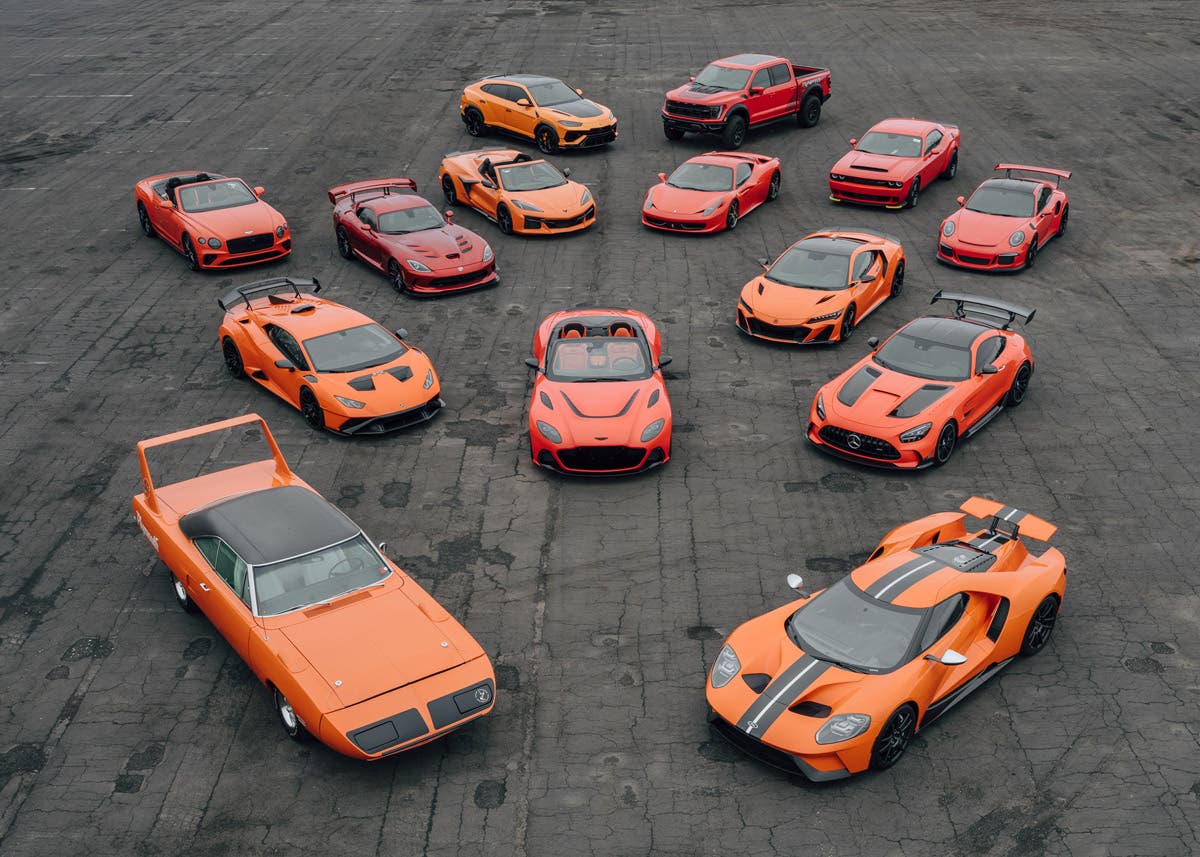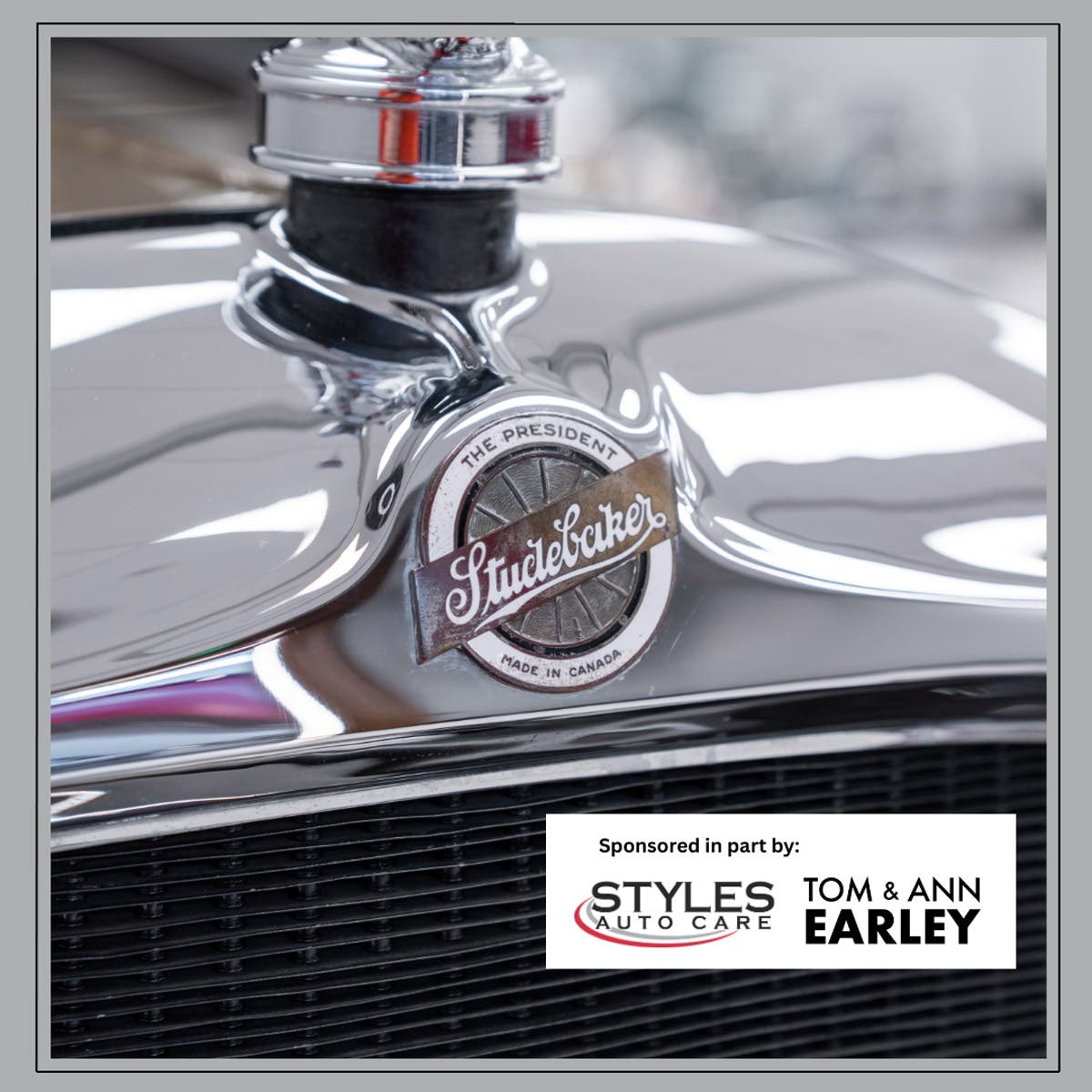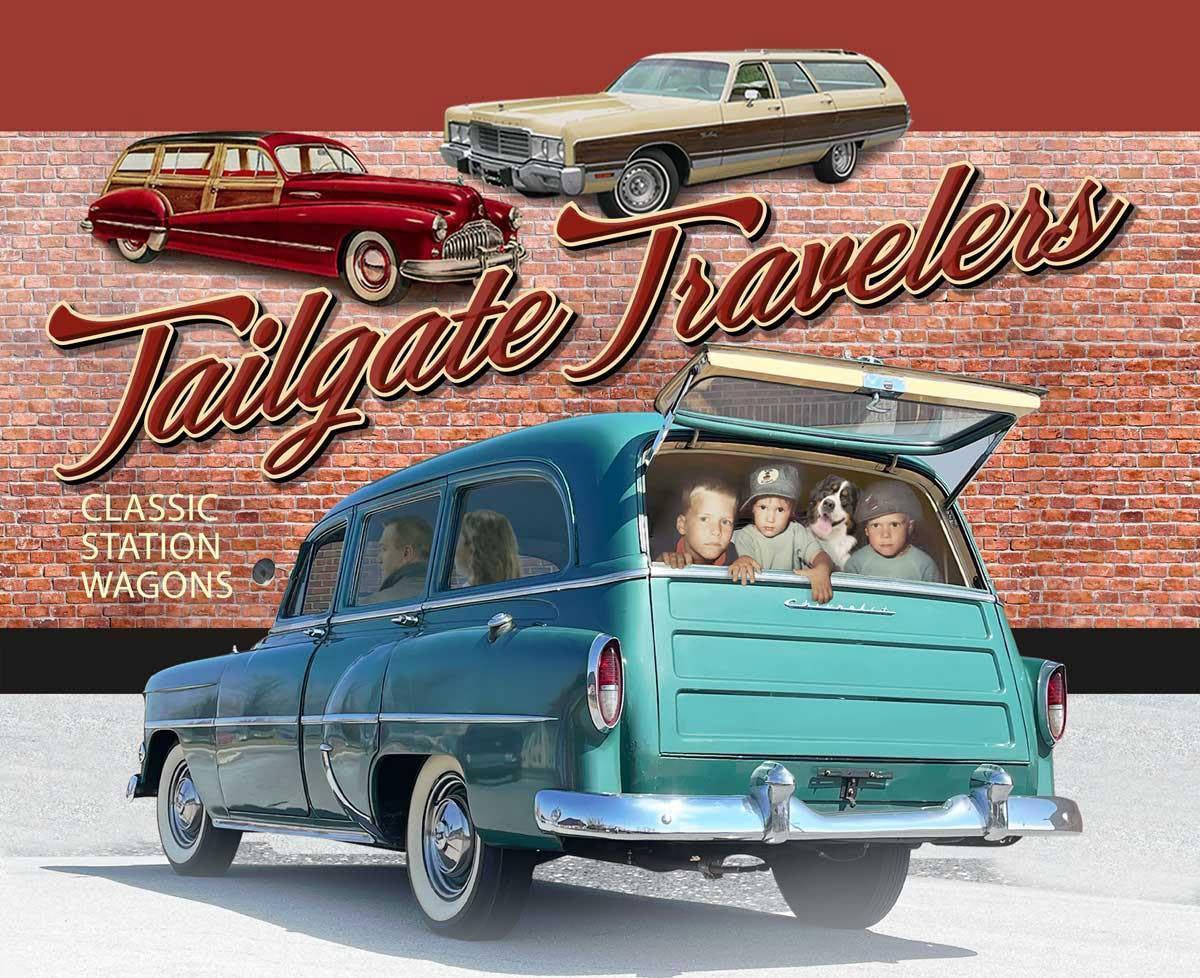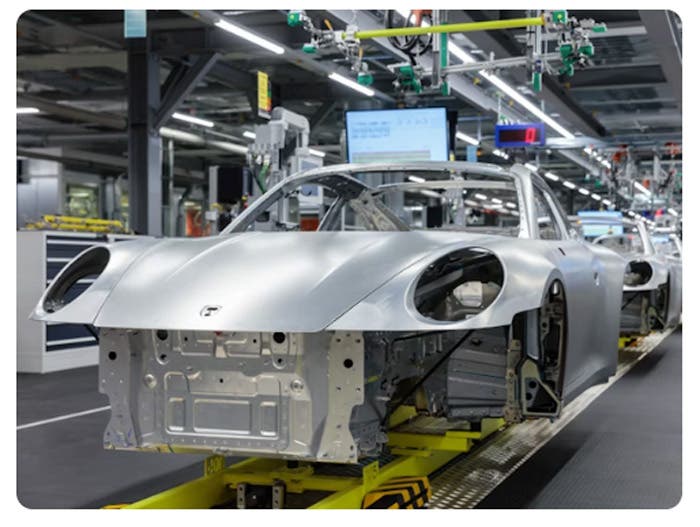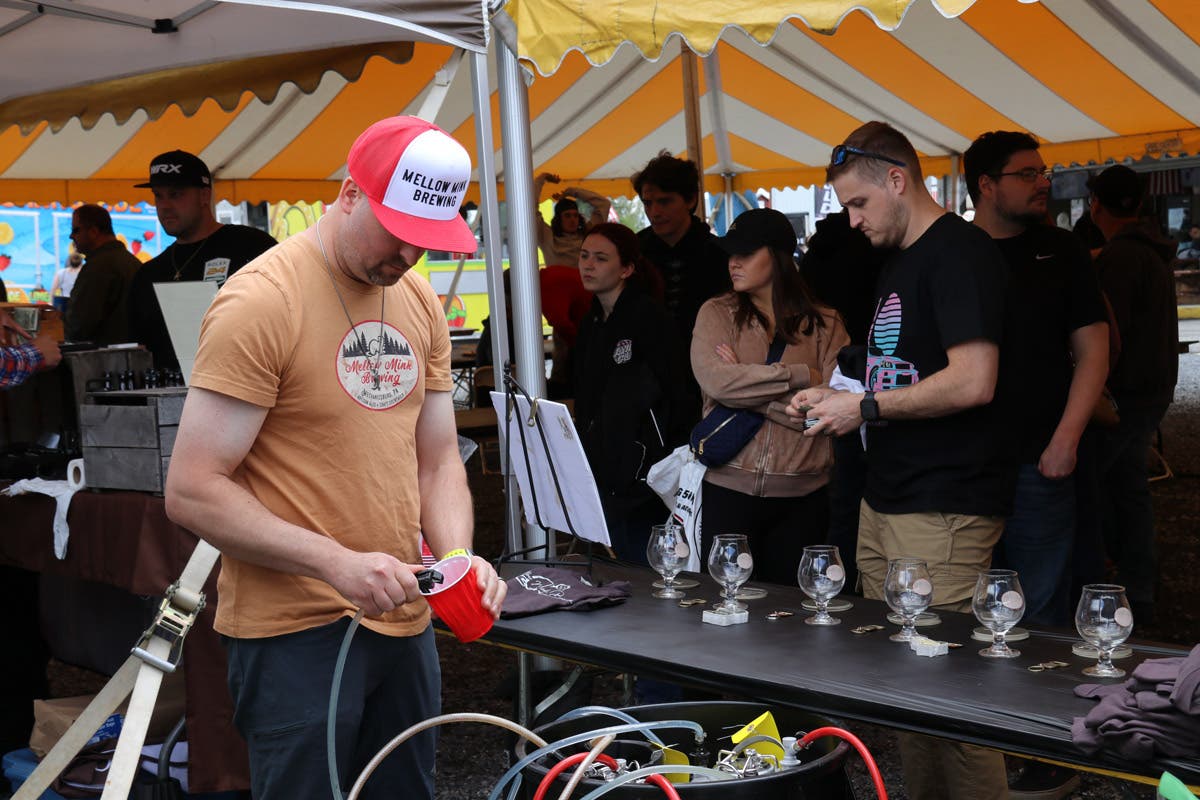What SEMA offers the old-car hobby
SEMA is not your typical show for the old-car hobby.
The SEMA Show, set for Nov. 3-6 in Las Vegas, is an exciting automotive venue, but what does this event offer to old-car hobbyists? Would the restorer of a Model T Ford or a split-window Corvette find a trip to the SEMA Show worth his or her time and money?
SEMA — the Specialty Equipment Market Assoc. — is the trade organization that puts on the SEMA Show, an event billed as “the premier automotive specialty products trade event in the world.” However, the SEMA Show is not open to the public, and it doesn’t sell tickets to the SEMA Show. Officially, the old car restorer would have to have an automotive business or trade involvement to get into the SEMA Show.
SEMA was founded in 1963 and today represents professionals involved in the specialty automotive industry. SEMA pegs the money generated by that industry at $31.85 billion. Only a fraction of the total relates specifically to old-car commerce. SEMA has 7,358 member companies, including a growing number of companies that supply parts and services related to the authentic restoration of cars to factory condition. The trade group’s ARMO branch (Automotive Restorers Market Organization) was set up for those in the restoration business. Many of the businesses that exhibit in the show’s ARMO section also supply hot rod, resto-mod and custom car parts.
The SEMA Show is not Iola or Hershey or Carlisle. It is not a place to find NOS parts or used parts that can be restored. It is, however, a place to find companies that can 1) Properly restore an old part; 2) Supply the products and tools needed to properly restore an old part, or 3) Sometimes supply you with an exact reproduction of an original old part.
At the SEMA Show, you might talk to Mike Eaton of Eaton Detroit, perhaps the only company that can properly restore an old leaf spring or coil spring. Local alignment shops can sometimes “re-arch” a spring, but that is only a temporary repair. Eaton can put the “memory” back in old springs for a permanent fix. Another unique SEMA Show exhibitor is Rare Parts, Inc., a firm that can actually rebuild impossible-to-find front end parts, such as a ’57 Buick ball joint.
A regular exhibitor at the SEMA Show is the Eastwood Co., which sells items, such as buffing supplies, specialty coatings and custom tools, that restorers sometimes use to make a vintage car part look new. The SEMA Show is also a great place to find suppliers of soft trim materials to upholster an old car.
Other SEMA Show exhibitors, such as Original Parts Group and Dynacorn Industries, manufacture and sell parts that are reproductions of originals. Other exhibitors, including Classic Tube, can reproduce original parts in better materials, such as brake lines in stainless-steel that look factory original, but will not rust.
Many old car hobbyists attempt to make their hobby a profession by starting hobby-related businesses. Jim Mokwa owns a foundry in Wild Rose, Wis., that does precision casting work using “lost wax” technology. Mokwa also collects and restores Pontiac GTOs. He has considered making reproduction parts and visited the SEMA Show two years ago to get a feeling of the marketplace. If Mokwa joins SEMA he will be able to get market research, data and trend reports that SEMA compiles for the specialty auto parts industry. If he returns to the SEMA Show, he can take advantage of seminars held during the show to help people involved with manufacturing specialty auto parts.
The SEMA Show is said to “draw the industry’s brightest minds and hottest products to one place.” The show fills the Las Vegas Convention Center. The related AAIW Show is held at the same time. SEMA attracts more than 100,000 visitors from more than 100 countries. The 2008 event drew more than 50,000 domestic and international buyers to view 2 million square feet of exhibits.
The 2009 SEMA Show is big, and that’s important to any hobby businessman who wants to use the show to promote growth. This year, more than 10 percent of the exhibitors have increased their booth sizes. Show management says that, of the nearly 1,400 companies that participated in the priority booth selection process earlier this month, 12 percent bought more space than they originally planned.
Peter MacGillivray, vice president of events and communications, noted that several incentives have been introduced to make exhibiting at the SEMA Show more cost-effective and give higher returns. He said that exhibitors responded to an extended payment plan and guaranteed leads program.
The bottom line is that SEMA and the SEMA Show can help old-car hobbyists who want to restore a part or find a quality reproduction part. And if that hobbyist wants to manufacture and sell the part and start a hobby business, he or she may want to think about joining SEMA and setting up a booth at the next SEMA Show.
MORE RESOURCES FOR CAR COLLECTORS FROM OLDCARSWEEKLY.COM



